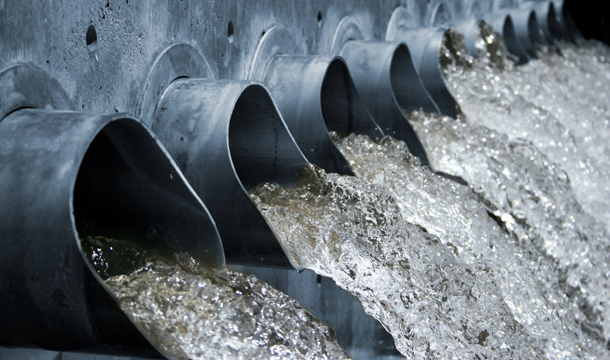Infrustructure Tax in support of WSSC Rate-payers
Thomas V. Miller, Jr., President, Maryland Senate
Michael Busch, Speaker, Maryland House of Delegates
100 State Circle
Annapolis, Maryland 21401-1925
Dear President Miller and Speaker Busch:
We, the members of the Customer Advisory Board (CAB), are
writing to advocate for the adoption of an “Infrastructure Tax.”
The WSSC CAB is responsible for representing the interests
of WSSC rate-payers to WSSC
Commissioners and the WSSC General Manager. WSSC's top priority should be to reliably deliver water and
sewer services to WSSC rate-payers at a fair, reasonable,
and non-discriminatory rate.
The enormous backlog of maintenance work on WSSC's
pipe and facility infrastructure present a challenge to the ability of the
water and sewer utility to reliably deliver it services to rate-payers. At the
present rate, it will take 100 years[1]
to address the entire backlog of work that must be done WSSC's
infrastructure. To accommodate the increasing demands presented by an aging[2]
water and sewer delivery system, WSSC requires an
increase in revenues.
WSSC
is a self-funded, budget-neutral entity that raises its revenues entirely from
the rate-payers it serves. WSSC finds itself continually
facing the budgetary challenges presented both by water successful conservation
efforts that have decreased rate-payer contributions to a largely fixed-cost
system and by growing populations that have required an expansion of the utility's
capabilities.
Due to evolving rate-payer use patterns, WSSC
has begun to rely on fixed fee assessments on every rate-payer regardless of
use. This amounts to an effectively regressive[3]
tax that disproportionately places a burden on those who are least able to
afford these fees. WSSC does maintain a funding mechanism
to provide emergency relief to the most needy families in Montgomery and Prince
George's Counties, but this support provides inadequate relief to our entire
population of needy families.
WSSC's
infrastructure requires greater investment that is beyond the utility's current
means. Rate-payers, who are also tax-payers, are increasingly frustrated by
obfuscated fees that are regressive in nature. We view water and sewer service
as a public utility that benefits all, without which none in our society can
function.
The WSSC CAB would like to propose
that the Maryland General Assembly consider adopting a statewide, dedicated, and
progressive payroll “Infrastructure Tax.” Such an Infrastructure Tax would place
the greatest burden on those most able to afford the cost of improving our
infrastructure while providing a steady annual dedicated revenue stream that
could be made available for capital infusions into public utilities including
but not limited to water, sewer, electric, communications, and transportation
infrastructure.
We strongly urge you to consider initiating discussion on
the urgent need for maintaining our crumbling infrastructure in the 2017
Legislative Session.
Thank you for your consideration of this matter.
Sincerely,
Vince Berg, Chair, WSSC CAB
John Lee, WSSC Stakeholder
Representative
CC:
Nancy Floreen, President, Montgomery County Council
Derrick Davis, Chair, Prince George's County Council
Fausto Bayonet, Chair, WSSC
Commission
Carla Reid, General Manager, WSSC
[1]
WSSC maintains 5,600 miles of water lines and currently replaces these lines at
a rate of 55 miles per year at a cost of $1.5 million per mile. It would take
just shy of 102 years at this rate to replace all of these lines, which doesn’t
account for line expansion and stress due to population growth that further
exacerbates this issue.
[2]
Some WSSC pipes have been in continuous usage for 98 years, and the system has
grown to serve 1.8 million people. Rate-payers currently experience
interruption of water service due to 1,819 water main breaks last year alone,
while 700-1,100 homes each year experience home sewer backups that lead to
costly clean up and unsuitable living conditions.
[3]
Due to pipe leakage, WSSC experiences a 17-19% loss rate for potable water
between water treatment plants and the rate-payer’s faucet (in addition to
surface and storm water infiltration into the system which adds additional
costs), which is almost double the national loss rate and which is subsidized
by increased rates charged to all WSSC customers.
